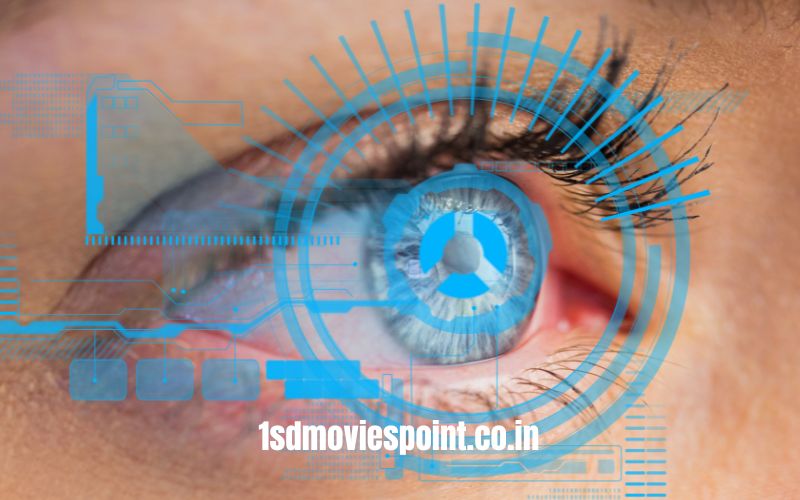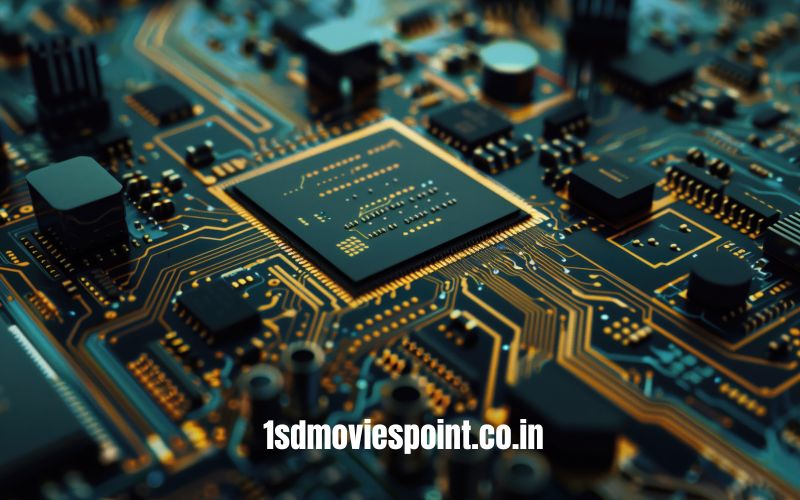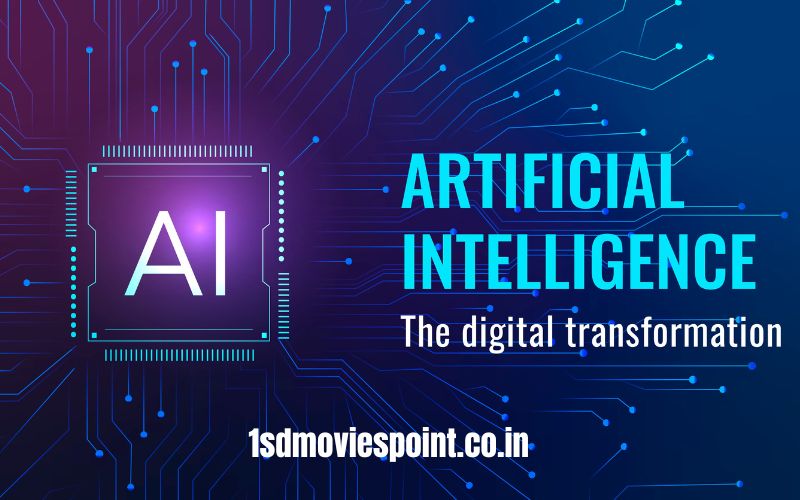Face Recognition AI has become one of the most impactful advancements in the field of artificial intelligence. It is not only transforming the way we approach security but also enhancing everyday experiences in industries like retail, healthcare, and education. By identifying and verifying individuals through their unique facial features, Face Recognition AI adds a new layer of convenience and safety to technology.
With its applications ranging from unlocking smartphones to personalized advertising, this technology has captured global attention. However, as it grows, questions about its implementation, accuracy, and ethical implications also arise.
In this blog, we’ll dive into what Face Recognition AI is, how it works, its applications, and the challenges it faces.
Key Points
- Face Recognition AI uses unique facial features for identification.
- It has applications in security, personalization, and healthcare.
- Ethical concerns like privacy and misuse are key challenges.
What Is Face Recognition AI and How Does It Work?
Face Recognition AI is an advanced technology that identifies or verifies an individual’s identity using their facial features.
1. Understanding the Basics
Face Recognition AI relies on machine learning algorithms to analyze facial features like the shape of the eyes, nose, and jawline.
- Data Collection: The system collects a facial image or live video feed.
- Feature Mapping: It converts facial data into a digital representation or template.
- Comparison: This template is then compared to stored databases for identification.
For example, when you unlock your smartphone using facial recognition, the system matches your face to a previously saved image.
Table: Components of Face Recognition AI
| Component | Function | Example |
| Image Capture | Captures a clear image of the face. | Smartphone camera |
| Feature Extraction | Identifies key facial points (e.g., eyes, mouth). | AI algorithms |
| Database Comparison | Matches the image against stored templates. | Security systems |
| Decision Making | Confirms identity based on match accuracy. | Phone unlocking |
2. How It Works
The system operates in three main stages:
- Detection: Locates a face in an image or video feed.
- Analysis: Measures facial features and maps them digitally.
- Recognition: Compares the mapped features to stored data to verify identity.
Note: Lighting, camera quality, and angles can impact recognition accuracy.
What Are the Key Applications of Face Recognition AI?
Face Recognition AI has diverse applications across various industries.
1. Enhancing Security
One of the most prominent uses of Face Recognition Artificial Intelligence is in security.
- Access Control: It’s widely used for unlocking devices and granting access to secure areas.
- Surveillance: Law enforcement agencies use it to identify suspects in public spaces.
- Fraud Prevention: Banks utilize it to secure transactions and prevent identity theft.
For example, airports use Face Recognition AI for fast and secure check-ins, significantly reducing waiting times.
2. Transforming Healthcare
Healthcare is another sector that benefits greatly from this technology.
- Patient Identification: Hospitals use facial recognition to identify patients and access medical records.
- Monitoring: AI systems can monitor patient expressions to detect pain levels.
- Health Analysis: Advanced systems analyze facial features to predict health issues like stress or fatigue.
Imagine a hospital where a patient’s identity is verified instantly through facial recognition, making the admission process smoother and more secure.
3. Personalizing User Experiences
Face Recognition Artificial Intelligence is widely used to offer customized services.
- Retail: Stores use it to recognize returning customers and offer tailored discounts.
- Social Media: Platforms like Facebook use facial recognition to suggest tags for photos.
- Gaming: AI-powered avatars mimic user facial expressions for a more interactive experience.
Reminder: Always check privacy settings on social media platforms to control facial recognition usage.
What Are the Advantages of Face Recognition AI?
This technology offers numerous advantages, from convenience to improved safety.
1. High Accuracy
Face Recognition AI has evolved to deliver highly accurate results, even in challenging conditions.
- Advanced Algorithms: Machine learning improves recognition rates over time.
- Real-Time Analysis: It processes data instantly, making it ideal for dynamic environments like airports or live events.
For instance, many high-end smartphones boast a recognition accuracy of over 99%.
Table: Benefits Comparison
| Feature | Face Recognition AI | Traditional Methods |
| Speed | Instant | Time-Consuming |
| Convenience | Hands-Free | Requires Manual Input |
| Security | High | Moderate |
2. Hands-Free Interaction
Facial recognition eliminates the need for physical contact.
- Health Benefits: This feature gained significance during the COVID-19 pandemic.
- Convenience: It simplifies processes like unlocking devices or making payments.
For example, with just a glance, users can unlock their phones or authorize financial transactions, saving time and effort.
What Are the Challenges of Face Recognition AI?
Despite its benefits, this technology faces several challenges.
1. Privacy Concerns
The collection and storage of facial data raise significant privacy issues.
- Unauthorized Use: Some companies use facial recognition without explicit user consent.
- Data Breaches: If databases are hacked, sensitive information can be exposed.
Governments and organizations must implement strict regulations to ensure user privacy.
2. Ethical Issues
The ethical implications of Face Recognition Artificial Intelligence cannot be ignored.
- Bias: Some systems show bias against certain demographics, leading to inaccurate results.
- Surveillance: Its misuse for mass surveillance raises questions about human rights.
For instance, advocacy groups have criticized the use of facial recognition in public spaces without public consent.
Note: Transparency and accountability are essential to address these concerns effectively.
Conclusion
Face Recognition AI is undoubtedly a groundbreaking technology with the potential to revolutionize industries. From enhancing security to personalizing user experiences, its applications are diverse and impactful. However, with great power comes great responsibility. Addressing privacy, ethical, and accuracy challenges is crucial for its widespread acceptance and sustainable growth.
As this technology continues to evolve, it’s essential to strike a balance between innovation and responsibility to ensure that Face Recognition AI benefits society as a whole.
FAQ’s
-
What is Face Recognition AI used for?
It is used for identifying individuals, enhancing security, personalizing experiences, and improving healthcare systems.
-
How accurate is Face Recognition Artificial Intelligence?
Modern systems achieve over 99% accuracy under ideal conditions but may vary depending on lighting and angles.
-
Is Face Recognition Artificial Intelligence safe to use?
Yes, but its safety depends on how data is stored and used. Strong privacy regulations are necessary to ensure safety.
-
What are the disadvantages of Face Recognition Artificial Intelligence?
Privacy concerns, ethical issues, and potential biases are the main drawbacks of this technology.
-
Can Face Recognition Artificial Intelligence be fooled?
Advanced systems are difficult to fool, but older or less sophisticated systems may be tricked using photos or masks.



